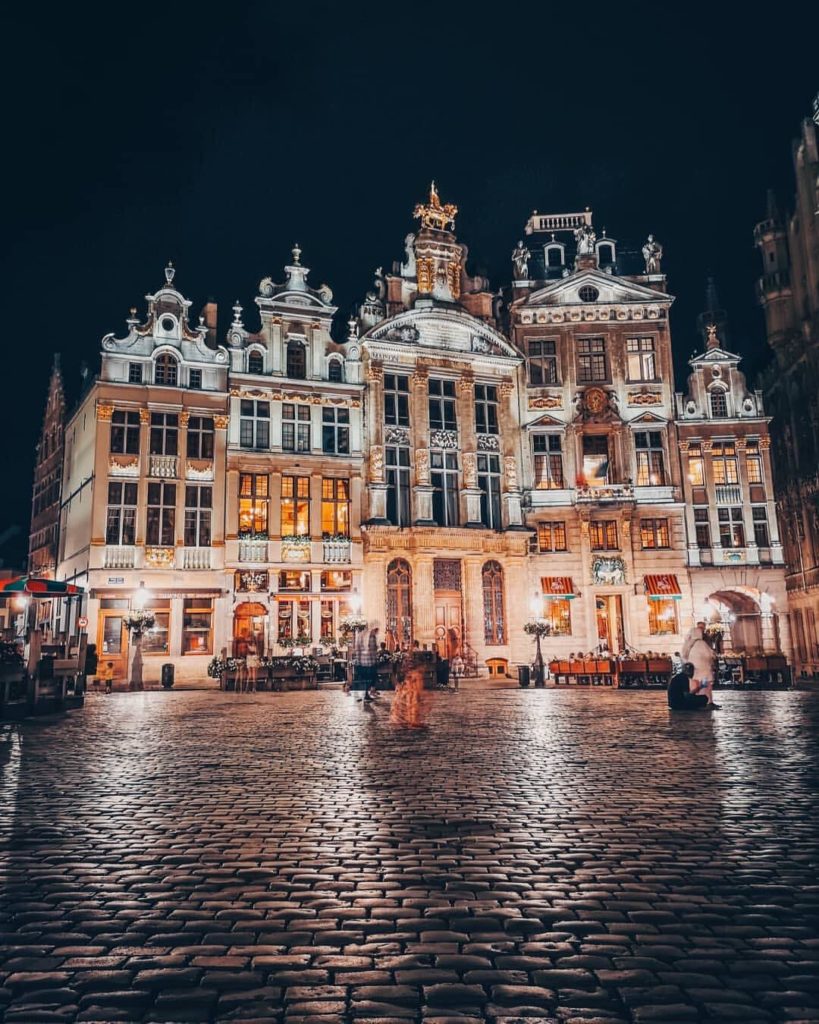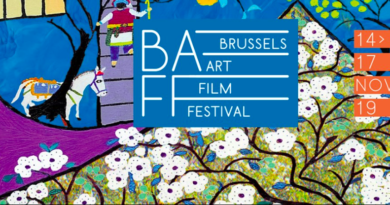Grand Place continues to celebrate its 30th anniversary as UNESCO World Heritage Site
What do the Taj Mahal in India and the pyramids in Egypt have in common with the Grand Place and many other beautiful spots in Brussels? Well they are all UNESCO World Heritage sites, which is no small honour.
Brussels’ Grand Place was added to the list in 1998 among other extraordinary Brussels sites and landmarks which have also earned their place on the prestigious list.
Grand Place
Around a cobbled rectangular market square, La Grand-Place in Brussels, the earliest written reference to which dates back to the 12th century, features buildings emblematic of municipal and ducal powers, and the old houses of corporations. An architectural jewel, it stands as an exceptional and highly successful example of an eclectic blending of architectural and artistic styles of Western culture, which illustrates the vitality of this important political and commercial center.

Over the centuries, the Place has retained its shape, coherence and the essentially Gothic and Baroque attributes which characterize it. It is still a reflection of the Lower Market as reconstructed in the late 17th century and testifies to the willingness of the authorities to preserve the harmony of the square during the rapid rebuilding campaign that followed the terrible bombardment of 1695 so that it could regain its former aspect and splendor.
The authenticity of the Grand-Place, the oldest references to which date back to the 12th century, is undeniable. Evolving over the centuries and rebuilt after the bombardment of 1695, the Grand-Place has retained its configuration over the last three centuries, virtually unchanged.

The authenticity of the City Hall, which preserves 18th-century Gothic components that are intact and highly visible, is established both in terms of materials, style and function. Most of the individual buildings around the square have retained their authenticity to a similar degree, although the interiors of some have been radically altered. Today the Grand-Place remains the faithful reflection of the square destroyed by the French artillery and testifies to the symbolic intentions of the power and pride of the Brussels bourgeois who chose to restore their city to its former glory rather than rebuild in a contemporary style, a trend commonly observed elsewhere.
Major Town Houses of the Architect Victor Horta
The four major town houses designed by the architect Victor Horta, one of the earliest initiators of Art Nouveau, – Hôtel Tassel (1893), Hôtel Solvay (1894), Hôtel van Eetvelde (1895), and Maison & Atelier Horta – are some of the most remarkable pioneering works of architecture of the end of the 19th century. The stylistic revolution represented by these works is characterised by their open plan, the diffusion of light, and the brilliant joining of the curved lines of decoration with the structure of the building.
These four houses, that bear testimony to the immense talent of this Belgian architect, achieve a remarkable sense of unity with meticulous attention to the smallest detail of the building, from the door handle or bell to the least piece of furniture. The houses revived the tradition of the Bourgeois houses and private mansions of the 19th century, combining residential and representational functions which require a subtle organization of spaces and differentiated circulation.
In addition to their outstanding architectural quality, the four town houses in question are well preserved and retain a high degree of authenticity due to the prodigious care of their owners, long convinced of the exceptional interest of their homes. Despite the changes made to the Hotel Tassel, the authenticity of the design, materials and their implementation remains high, while the authenticity of their environment remains entire.
Stoclet House
The Stoclet House is an outstanding testimony to the creative genius of the Wiener Werkstätte. It was designed and built in Brussels from 1905 to 1911 by one of the founders of the movement, the Austrian architect Josef Hoffmann, of whose work it is the masterpiece. The Vienna Secession movement bears witness to a profound conceptual and stylistic renewal of Art Nouveau. Ever since its creation the Stoclet House has been and remains one of the most consummate and emblematic realizations of this artistic movement, characterizing the aesthetic research and renewal of architecture and decoration in the west at the start of the 20th century.
The Stoclet House decoration was the work of a very large number of artists from the Wiener Werkstätte, including Koloman Moser, Gustav Klimt, Frantz Metzner, Richard Luksch, and Michael Powolny. They worked under the guidance of Hoffmann to achieve a Gesamtkunstwerk (‘total work of art’), which is expressed simultaneously in every dimension – interior and exterior architecture, decoration, furniture, functional objects, and the gardens and their flower beds.
It bears witness to a monument of outstanding aesthetic quality and richness, intended as an ideal expression of the arts. A veritable icon of the birth of modernism and its quest for values, its state of preservation and conservation are remarkable. It has not undergone any major alterations.



